Transforming Your Backyard: The Ultimate Guide to Outdoor Living
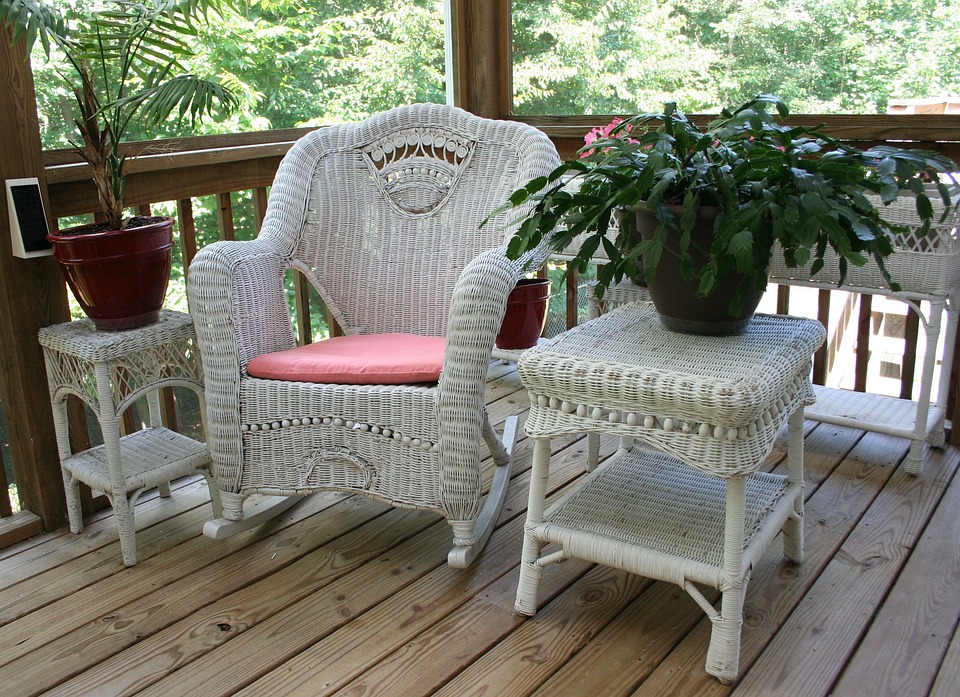
In recent years, the concept of outdoor living has gained tremendous popularity among homeowners. No longer content with confining their living spaces to the indoors, people are increasingly looking to their backyards as an extension of their homes. This shift in perspective has led to a revolution in how we view and utilize our outdoor spaces, transforming them from simple lawns into functional, comfortable, and stylish living areas. (more…)
Raclette or Fondue?
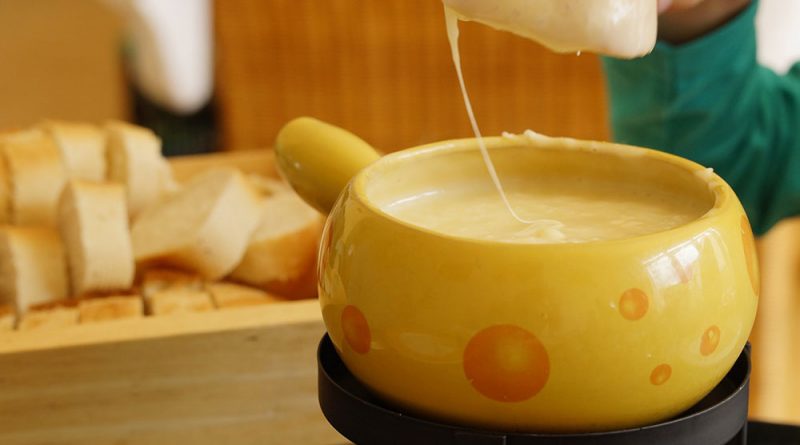
If you’re an old hand at the ins and outs of a fondue party – and you’ve exhausted its every possibility this side of pairing up single friends based on fondue fork handle color – never fear. Raclette parties offer the interactivity of a fondue party with a fresh take on melted cheese. (more…)
[Top]Breathing Life into Your Interior Design Community on Social Media

Have you ever dreamed of cultivating a thriving interior design community online? Well, you’re not alone. In this digital age we’re living in, social media has become the heartbeat of many successful design businesses. It’s where creativity flourishes, connections blossom, and your unique vision can truly shine.
[Top]Essential Kitchen Gadgets You Need To Have Today
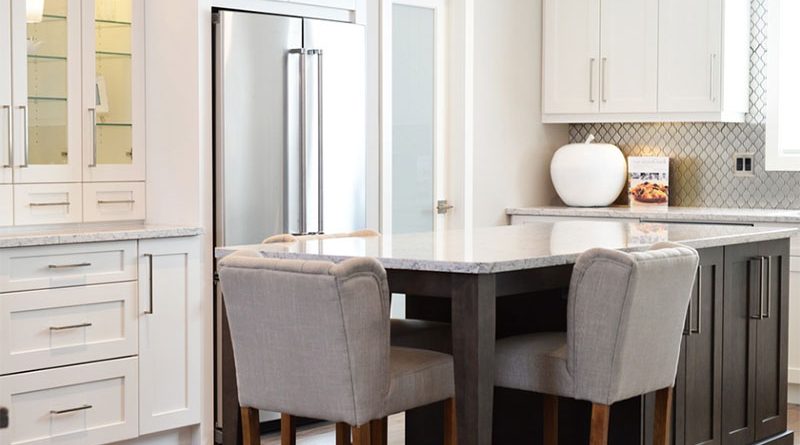
There are a lot of different gadgets that you are going to find useful in today’s kitchens. Whether you are going for something modern, or you have something a bit more rustic, there’s a lot to consider when you look at all the gadgets and appliances that you have in place. As you start to explore the various components, you may find yourself wanting one option over another. It’s for that reason that you should look into the essential gadgets that you should have in place. As such, you can look at a variety of different elements below as the standard bearers for getting the most out of your kitchen. (more…)
[Top]Color Psychology in Interior Design: How to Choose the Perfect Palette for Your Home
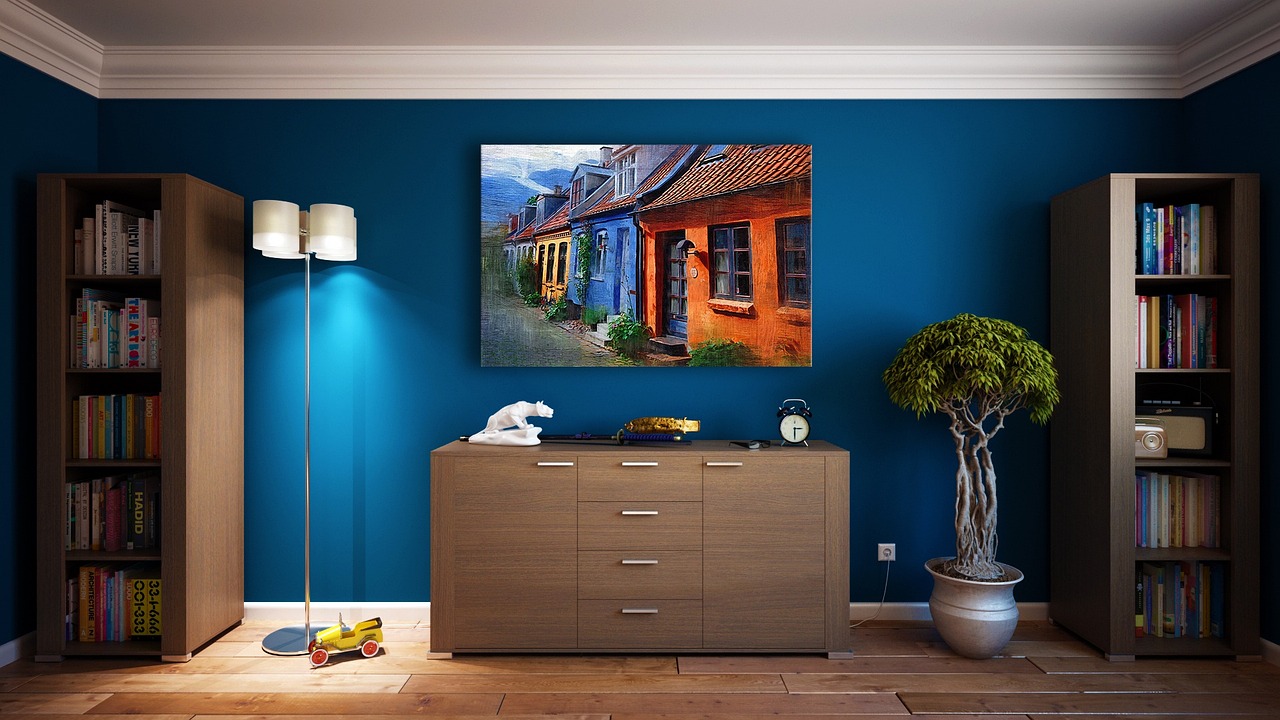
The power of color extends far beyond mere aesthetics in interior design. Color psychology in interior design plays a crucial role in shaping the mood, atmosphere, and even functionality of our living spaces. By understanding how different hues affect our emotions and behaviors, we can create environments that not only look beautiful but also support our well-being and daily activities. This guide will explore how to harness the potential of color psychology to transform your home into a harmonious and inspiring sanctuary. (more…)
[Top]Maximizing Small Spaces: Smart Design Tips for Tiny Homes
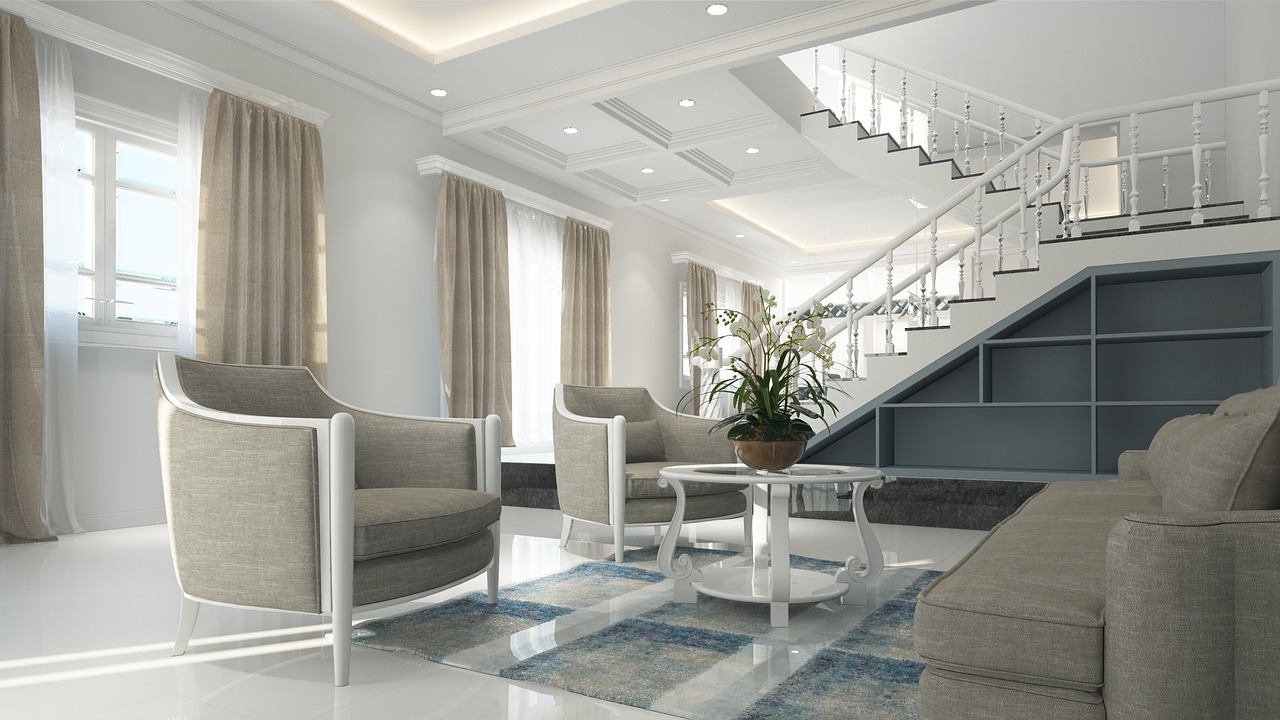
In the world of compact living, mastering the art of maximizing small spaces is crucial. Tiny homes have gained immense popularity for their efficiency and minimalist appeal, but creating a comfortable and functional living space within limited square footage requires ingenious solutions. This guide will explore smart design tips for tiny homes that transform cramped quarters into cozy, well-organized sanctuaries. By implementing clever storage ideas, multi-functional furniture, and strategic layout planning, you can make your tiny home feel spacious and inviting. (more…)
[Top]Sustainable Gardening: Eco-Friendly Practices for Your Outdoor Space
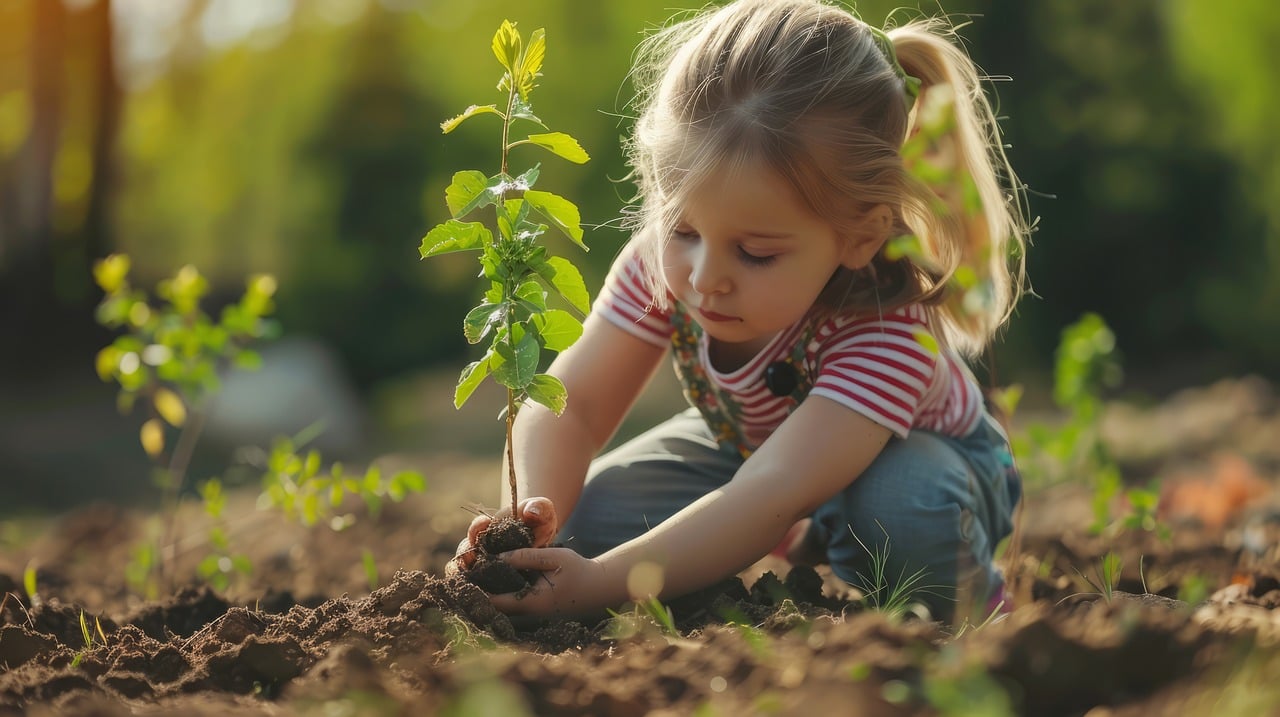
Sustainable gardening is an approach to cultivating plants that focuses on environmental stewardship, resource conservation, and long-term ecological balance. It aims to create beautiful, productive outdoor spaces while minimizing negative impacts on the environment and maximizing benefits to local ecosystems. (more…)
[Top]Creating the Ultimate Backyard Oasis: Tips for Small Spaces
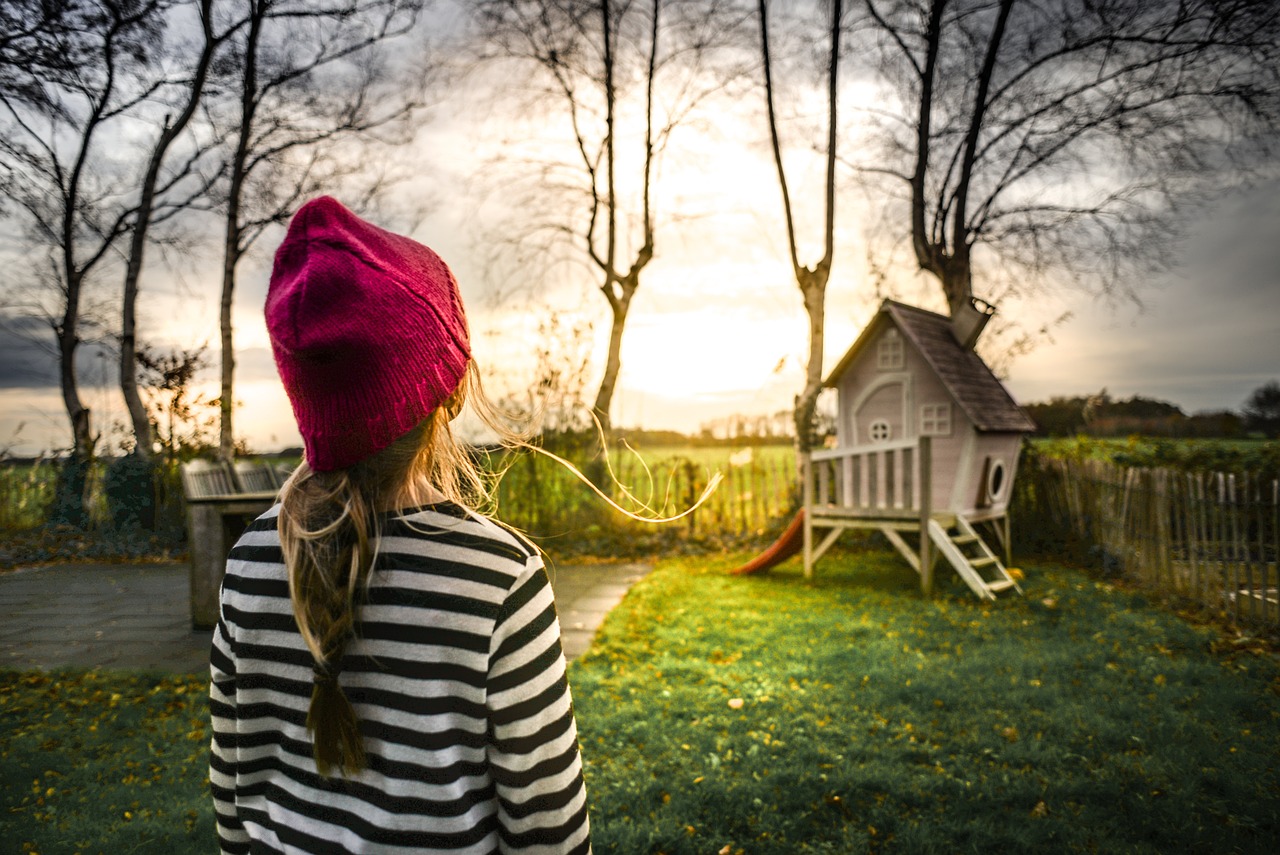
Transforming a small backyard into an ultimate oasis is not only possible but can be incredibly rewarding. With clever design and thoughtful planning, even the most limited spaces can become luxurious and functional retreats. This guide will walk you through creating your perfect backyard oasis for small spaces, proving that size doesn’t have to limit your outdoor living dreams. (more…)
[Top]